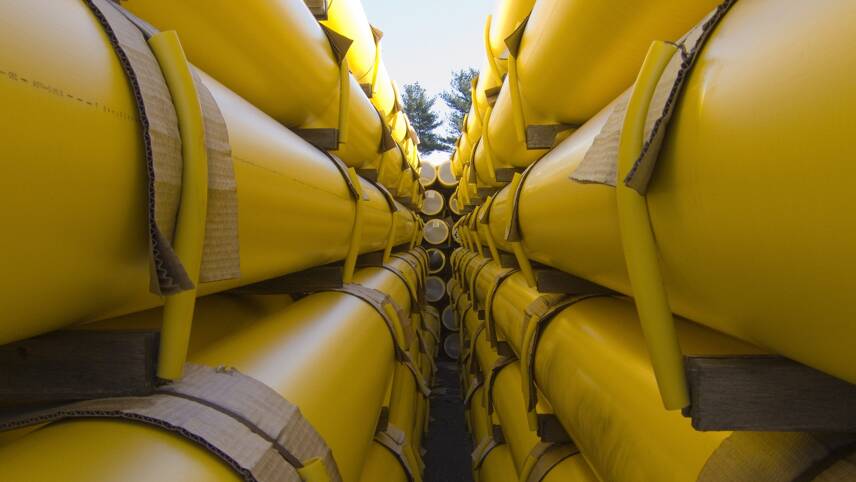You’ve reached your limit!
To continue enjoying Utility Week Innovate, brought to you in association with Utility Week Live or gain unlimited Utility Week site access choose the option that applies to you below:
Register to access Utility Week Innovate
- Get the latest insight on frontline business challenges
- Receive specialist sector newsletters to keep you informed
- Access our Utility Week Innovate content for free
- Join us in bringing collaborative innovation to life at Utility Week Live

Hydrogen can be safely blended into a domestic gas supply, a study into the first UK trial of the concept has concluded.
The report into the HyDeploy project, which injected hydrogen into a private gas network serving 100 homes and 30 faculty buildings at Keele University, says the blending project has been successful.
Under the HyDeploy project, a collaboration between Northern Gas Networks (NGN) and Cadent, 20 per cent of the gas piped into the private network was hydrogen.
The project, according to the study, is the first time that hydrogen has been injected into a UK domestic gas grid since 1976, when town gas was phased out.
Carrying out the trial marked the first time that the Health and Safety Executive had granted regulatory approval to operate a live gas network above the current hydrogen limit of 0.1 per cent by volume stipulated in the Gas Safety (Management) Regulations.
The trial delivered over 42,000 cubic metres of “green” hydrogen, manufactured using electrolysers, which the study says abated over 27 tonnes of CO2 emission.
The report says the project demonstrated that the hydrogen blend is suitable for use with domestic appliances as well as larger commercial appliances including catering equipment and boilers up to 600 kW.
The use of the hydrogen blend led to no overheating of components or potential degradation of the gas cookers involved in the trial.
And laboratory tests showed that the domestic appliances tested were capable of operating safely on hydrogen concentrations of up to 28.4 per cent.
In addition, all of the pipework and appliances were as leak tight with the hydrogen blend as with natural gas.
The fires retained the characteristic flame colour of gas, albeit marginally more subdued, and the project has led to the development and field testing of a prototype detector by one of the major gas detection manufacturers.
The study says the evidence base gathered at Keele paves the way for the next phase of the project, which involves the blending of hydrogen into a public gas network near Gateshead serving 685 homes.
Cadent chief executive Steve Fraser said: “I would like to thank the customers at Keele University for their willingness to take part in this trial. HyDeploy is a ground-breaking collaboration and has demonstrated very clearly that consumers can safely receive up to 20 per cent hydrogen blended with natural gas, without the need to make any changes to their existing appliances.
The project’s backers claim that achieving a 20 per cent hydrogen blend in the gas network could save around six million tonnes of carbon dioxide emissions every year, which would be the equivalent of taking 2.5 million cars off the road
Mark Horsley, chief executive at NGN, said: “The results delivered by the Keele project gave the Health and Safety Executive the confidence to approve the first blending of hydrogen with natural gas on the public gas network. We’re delighted that our customers in Winlaton are now using their gas as normal whilst playing a vital role in the decarbonisation of the gas network.
“This next phase of HyDeploy will provide more vital evidence about the possibilities of blending hydrogen into the gas network across the UK, as an important stepping-stone to decarbonising heat.”




Please login or Register to leave a comment.